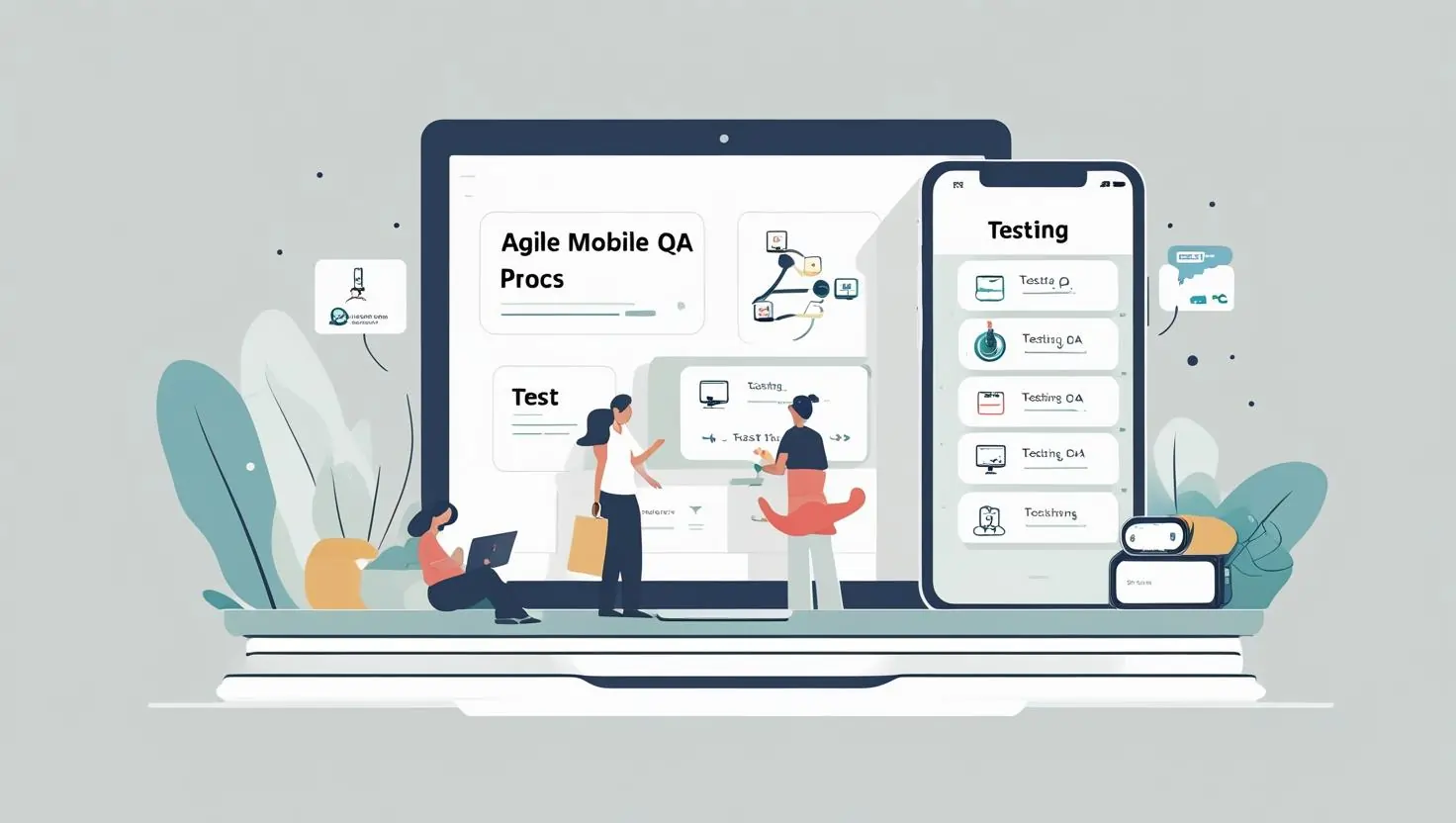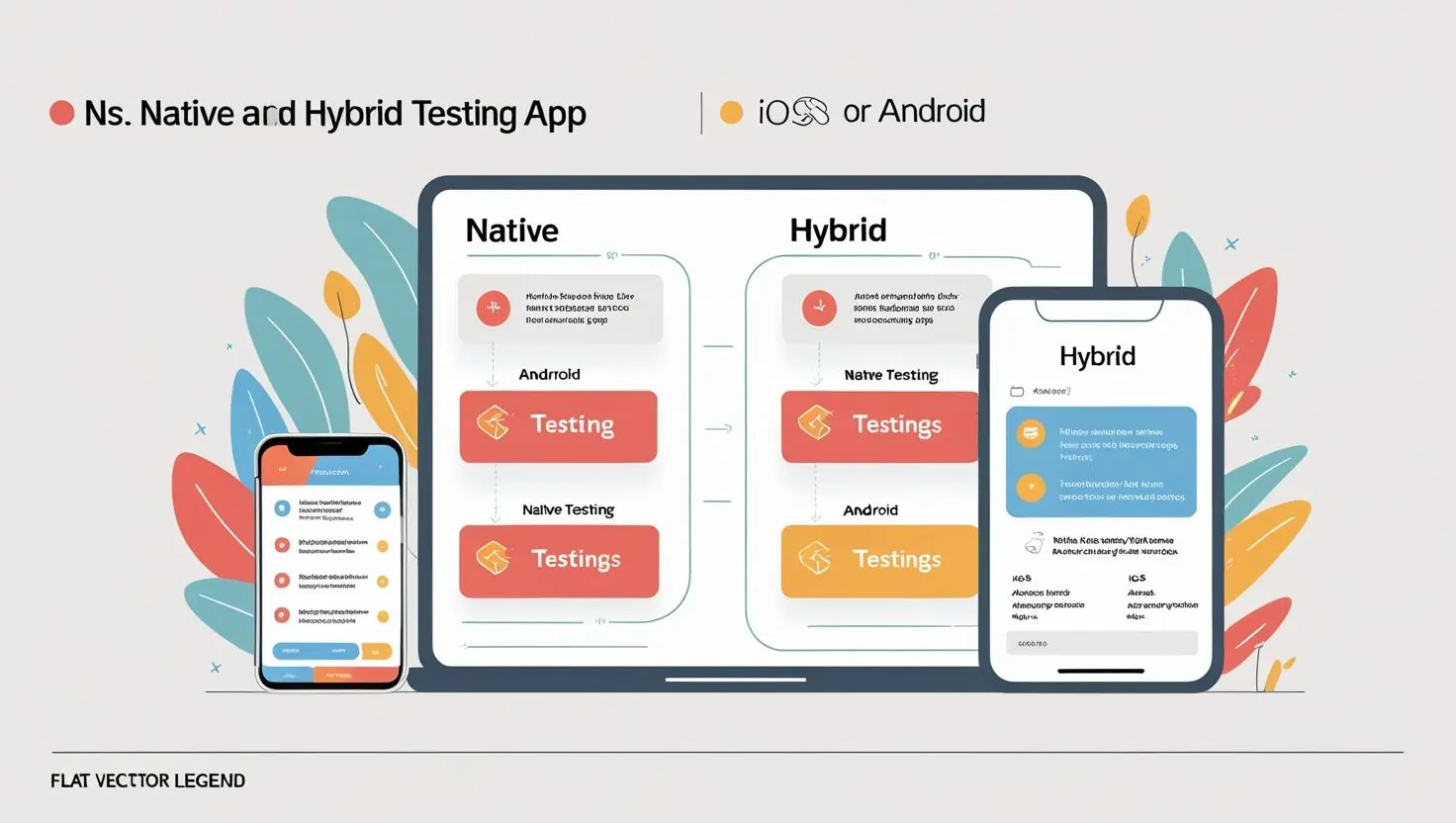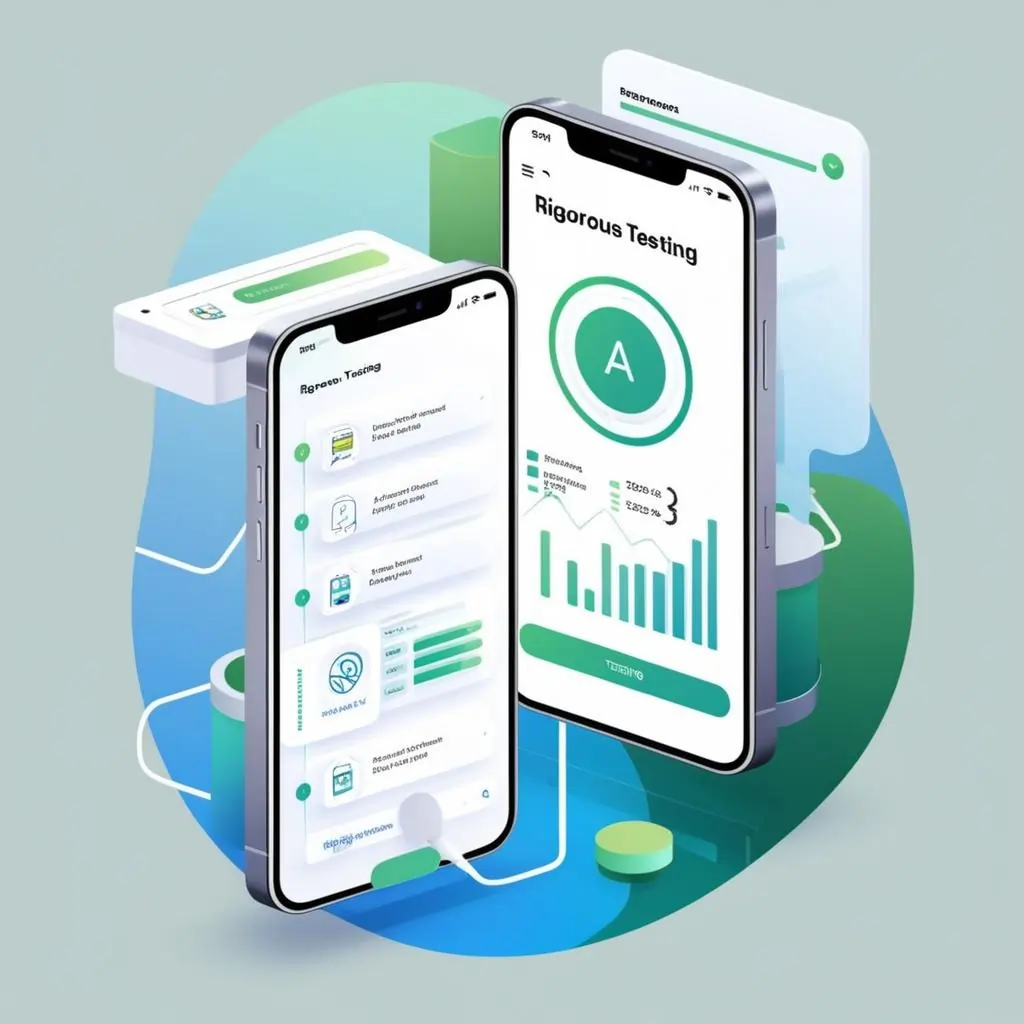📲 Why it’s important to know how much testing costs
It’s an exciting step to launch a mobile app. But it’s just as important to make sure it works perfectly on all devices, platforms, and networks. A lot of founders want to know, “How much does it cost to test a mobile app?” The answer is that it depends.
There isn’t a set rate. Instead, the price is based on a number of things, such as how many tests are run, how many devices are used, how complex the app is, and how often it is released.
We’ll go over the most important things that affect the cost of testing mobile apps in this guide. This will help you make a smart decision about your QA budget.
⚙️ Things That Matter and Affect the Price of Mobile App Testing
The total cost of QA services depends on a lot of different things. Let’s talk about each of the most important ones one at a time.
1. What the app can do and how easy it is to use
First of all, it will take longer to test your mobile app the more complicated it is. The more features it has, the more test cases you need to write and run.
For example:
- Apps that let more than one person log in or have different roles, for example, need more testing.
- When UIs or modules change all the time or work with APIs, testing is harder.
- There needs to be more attention paid to animations and controls that are hard to understand and respond to gestures.
More features mean more bugs and edge cases that could happen, which means more time spent testing.
2. Platforms that are supported (iOS, Android, or both)
Next, you need to check to see if your app works on both iOS and Android. If you support both platforms, you’ll have to do twice as much testing, especially since Android fragmentation makes things harder.
Testing iOS is usually easier because it only works on a few devices. You do, however, need to test Android apps on a lot of different devices, chipsets, and OS versions.
3. Testing by hand vs. testing by computer
You should also think about whether your QA plan is fully automated, fully manual, or a mix of the two.
- Manual testing- It’s better to use manual testing to see how well something works and how easy it is to use. It’s a good deal for MVPs or checks that don’t last very long.
- Automated testing– In the long run, though, automated testing is worth it. It’s a great way to test for regression when you’re working in agile sprints.
But you have to pay for scripting, frameworks, and upkeep before you can start automating. The first costs are usually higher, but they are worth it in the end.
📱 Testing in the real world and on devices
Another important thing is how many devices it works with. Your QA costs will go up the more devices you want to test on.
In general, app teams want their product to work on:
- Flagship Samsung, Xiaomi, Pixel, and other Android models
- iPhones from the past and present
- Foldable phones and tablets
- Actual 4G and 5G network conditions
Real device testing is very important for performance and usability because emulators can’t replicate all real-world conditions.
🔁 How often do releases and QA cycles happen
How often you push updates or new builds is just as important. Apps that come out once a week or every other week need ongoing testing support, especially for bug verification and regression cycles.
- One-time QA costs less, but it doesn’t do as much.
- Testing all the time makes things more stable and covers more ground, but it costs money every time.
If you release a lot, hiring a retainer QA team or investing in automated regression will save you money over time.
👥 The size and skill of the QA team
Of course, the size of the team affects the cost. More testers mean more tests, but it also costs more money.
Solo testers can work on projects that are still in the early stages, but apps that have deadlines or business features may need 3 to 5 testers.
Also, experienced testers or domain experts may cost more, but they find bugs faster, which can save you from problems after the launch.
📄 Needs for Reporting and Documentation
Another thing to think about is if you need:
- Documentation for test cases
- Logs of defects with screenshots and videos that are very detailed
- Reports on compliance with GDPR, HIPAA, etc.
Full reporting is good for quality assurance, but it also costs more time and money. This investment is worth it, though, for regulated industries or products that will last a long time.
🧪 Types of Testing Required
Your QA strategy will dictate the types of tests involved. Each type varies in effort, tools, and pricing.
Test Type |
Cost Impact |
Purpose |
| Functional Testing | Medium | Checks features and logic |
| UI/UX Testing | Medium | Validates user flow and accessibility |
| Regression Testing | Medium-High | Ensures fixes don’t break existing features |
| Performance Testing | High | Evaluates the app under load or stress |
| Security Testing | High | Validates data protection and compliance |
| Compatibility Testing | High | Tests across devices, OS, and screen sizes |
Choosing only the necessary test types can reduce unnecessary spending.
💰 Pricing Models for Mobile App Testing
Now let’s talk about how much mobile QA services usually cost.
1. Model by the hour
Great for testing needs that are short-term or flexible.
- You pay for the hours that are logged.
- Rates usually range from $10 to $20 per hour, depending on the tester’s experience and where they live.
2. Set Price for Each Round of Testing
This model works best when you know exactly what you want to do.
- A set amount of work to do and a clear budget
- Great for MVP or milestone releases.
3. Payments every month
For making sure that the product stays high quality while it is being made.
- Dedicated team and device coverage
- Starts from $1,500–$5,000/month based on team size and testing volume.
🔍 How to Optimise Your QA Budget
If you’re working with a limited budget, here are some smart ways to get the most value:
- Prioritise critical user flows for early rounds
- Use a blend of manual and automation testing
- Start with 1–2 testers, then scale when needed
- Test on high-priority devices first
- Use exploratory testing for new builds
By aligning QA with your product goals, you can reduce cart abandonment, app store rejections, and user churn.
Need help planning your QA scope?
❓ FAQ: What is the price of checking a mobile app?
Q1: What’s the least expensive way to start QA?
Start with manual exploratory testing using 1–2 testers on real devices. This gives early insights at minimal cost.
Q2: What can I do to lower the cost of testing?
Keep the device matrix in your top ten devices. Only automate the test cases that matter the most. Find out what the biggest problems are with session-based exploratory testing.
Q3: Do localisation tests cost more?
Yes, especially if there is more than one language, region, or RTL format.
Q4: Is it possible to stop QA after the first round?
You can, but apps evolve. We recommend regular smoke testing to catch regression defects early.
Q5: Are the prices for bug reports included?
Definitely. There are defect reports for every round of testing that show clear steps, screenshots, and how bad the problem is.
🎯 Final Thoughts: Put money into good code, not just code
A mobile app needs to do more than just have good features; it also needs to work perfectly, have an easy-to-use interface, and earn users’ trust. Testing makes sure you do well in all three areas.
The costs may be different, but the benefits of good QA are always greater than the costs of fixing things after they go live.











